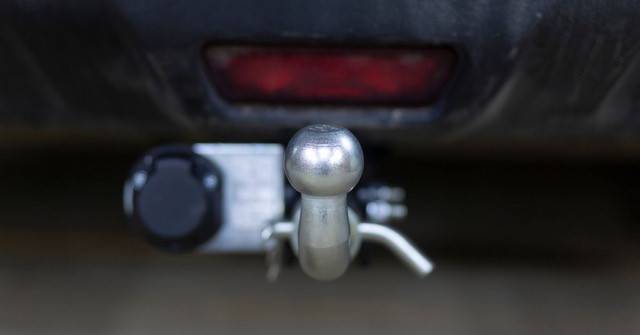Driving with Diabetes
As more and more individuals are diagnosed with diabetes, understanding the impact this condition can have on daily activities, including driving, becomes increasingly important.
Understand the implications
If you’re living with this diabetes, it’s important you understand the potential implications of managing the condition while driving. By embracing a proactive approach, those with diabetes can continue to live life to the fullest, maintaining their independence and mobility.
The importance of blood sugar regulation
A fundamental consideration for anyone driving with diabetes is the importance of blood sugar regulation. When someone’s blood sugar levels significantly drop or rise, it can lead to a hypo or hyper, both of which can cause dizziness, confusion or even unconsciousness.
These symptoms, if experienced while driving, could potentially put the driver, passengers and other road users at risk. Therefore, maintaining effective blood glucose management is crucial for anyone living with diabetes who drives.
Even the most careful and meticulous driver can face difficulties when their concentration is undermined by uncontrolled blood glucose levels. The ebb and flow of glucose levels in the body can be unpredictable, especially under stressful situations such as rush-hour traffic or long-distance driving. Therefore, it’s critical to establish a consistent routine to check glucose levels and manage them effectively before you start driving.
Challenges for drivers with type 1 diabetes
Drivers living with type 1 diabetes face unique challenges. While every individual’s condition varies, some people with type 1 diabetes might experience sudden changes in their blood sugar levels. This volatility makes it crucial to monitor blood sugar levels meticulously before and after driving, or even during longer trips. And a diabetes kit – including a glucose monitor, insulin and quick sugar sources – should always be kept in the car for emergencies.
Regular check-ups with your healthcare professional are also essential to adjust your diabetes management plan as needed. By staying vigilant and taking the necessary precautions, driving with type 1 diabetes can be managed effectively.
Driving with type 2 diabetes
Drivers living with type 2 diabetes also have specific considerations. While this type of diabetes is generally associated with more gradual changes in blood sugar levels compared to type 1 diabetes, managing the condition still requires careful attention, particularly when driving.
Just like their type 1 counterparts, individuals with type 2 diabetes should keep a regular check on their blood glucose levels, particularly before embarking on longer journeys. Implementing lifestyle changes, such as maintaining a healthy diet, regular exercise and good sleep patterns, are also vital in managing type 2 diabetes effectively.
If you’re a driver who relies on medication to control your diabetes, always ensure you understand how it impacts your blood sugar levels and your ability to drive. Never underestimate the importance of liaising with your doctor about your driving routine and the timing of your medication.
Legal requirements for driving with diabetes in the UK
In the UK, the DVLA (DVA in Northern Ireland) has established guidelines for those driving with diabetes. These guidelines require individuals with diabetes who are using insulin to inform the relevant driving agency of their condition.
Depending on the medication taken, drivers may also be required to carry out blood glucose tests at certain times related to driving. Understanding these regulations is essential to stay compliant and protect your legal driving status.
Driving safely with diabetes
It’s important to remember that managing diabetes doesn’t mean giving up on life’s regular activities, including driving. With a thorough understanding of your condition, effective management, regular check-ups and open communication with healthcare professionals, you can continue to drive safely.
Each person’s journey with diabetes is unique, and personalised advice and treatment from healthcare professionals are crucial. With these insights in mind, remain vigilant and, most importantly, don’t let diabetes hold you back from getting behind the wheel.
More like this

Lifestyle
Staycation Ready: Travel, Tow & Explore With Your Motability Car
Many people don’t realise that you can tow your Motability car, provided you have permission from Motability first. Read our guide for everything you need to…

Lifestyle
Disability Pride Month 2025
July is Disability Pride Month which offers the opportunity to highlight and celebrate the disability community and their pride. Discover the Disability Pride Month origin, discover…

Driving with adaptations
Learning to drive with a disability
Learning to drive can be a life-changing step towards greater independence, especially for people living with a disability. But the process can feel daunting without the…